Popular and online culture has created the Greatest Of All Time (GOAT), a tag for the masses to hang onto something it may believe is superlative. Is it a coincidence that the GOAT muscle car is a vehicle that is nicknamed after the same animal? Our Pick of the Day, a 1966 Pontiac GTO restomod listed for sale on ClassicCars.com by Farland Classic Restoration in Englewood, Colorado, is the GOAT for several reasons.
Yes, it can be confusing how a Tiger can be a GOAT, so let’s look at this Poncho with an objective lens: The 1966 Pontiac GTO was advertised as the GeeTO Tiger, using a theme applied earlier in the decade to Pontiac. Cats may have been a familiar theme with the public at the time, as Esso fuel’s “Put a Tiger in Your Tank” campaign was initiated in 1959, and then there was the movie and accompanying soundtrack to “What’s New Pussycat,” a paean to evolving 1960s sensibilities.
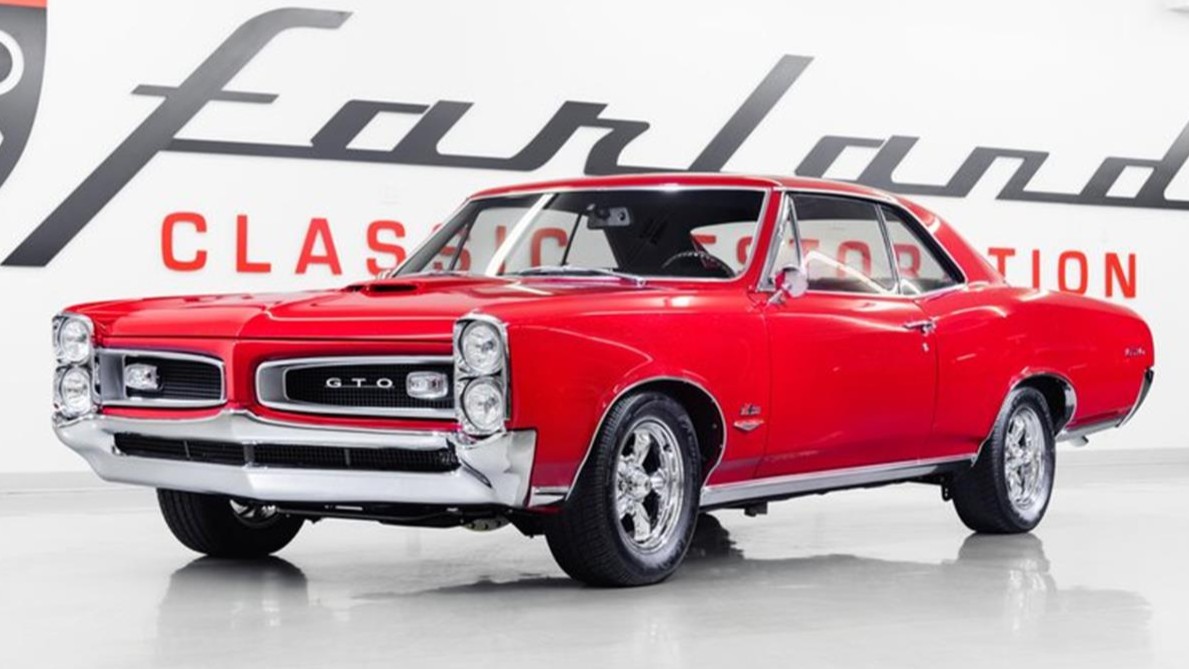
The evolution of animals came later. When was the GTO first referred to as the Goat? I have no idea, and never have I seen a reference to its inception. But everyone knows the Goat as the GOAT, as it was the impetus for a different kind of car—a performance model that brought performance to the street after many pedestrian models built with performance engines that were not so friendly on the street. And, for 1966, the Goat was the GOAT because no muscle car ever sold as many in the era: an astounding 96,946.
To be sure, 1966 was somewhat early in the world of muscle cars (especially after 1970 has been waxed poetic for so many years), so how does the Goat become the GOAT? Allow us to count the ways.
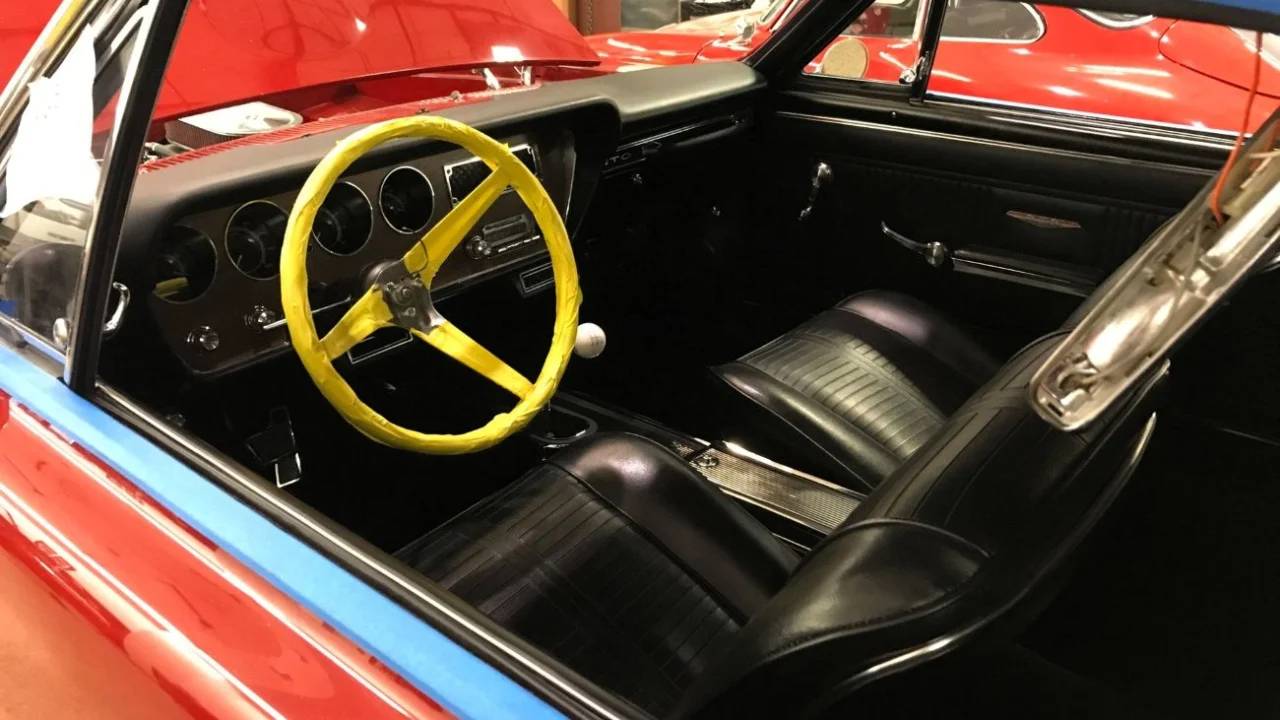
Styling: Arguably, Pontiac’s peak was 1965-66. Many of the unique tricks used by designers at the time, such as vertical headlights and elegant proportions with Coke-bottle styling, were present on the GTO. In addition, some things that distinguished the GTO from lesser Tempest/LeMans models included neat, louvered taillights, Grand Prix-inspired parking lights in the grille, and a hood scoop that could be made functional.
Power: Pontiac’s 389 had already earned a good reputation, but the addition of Tri-Power carburetion gave the engine competitive verve out of the box. The 389 also established a size standard required to compete in the increasingly competitive market of performance cars. Yes, General Motors had a rule limiting engine size for mid-size cars, but the GTO made do nicely despite the handicap.
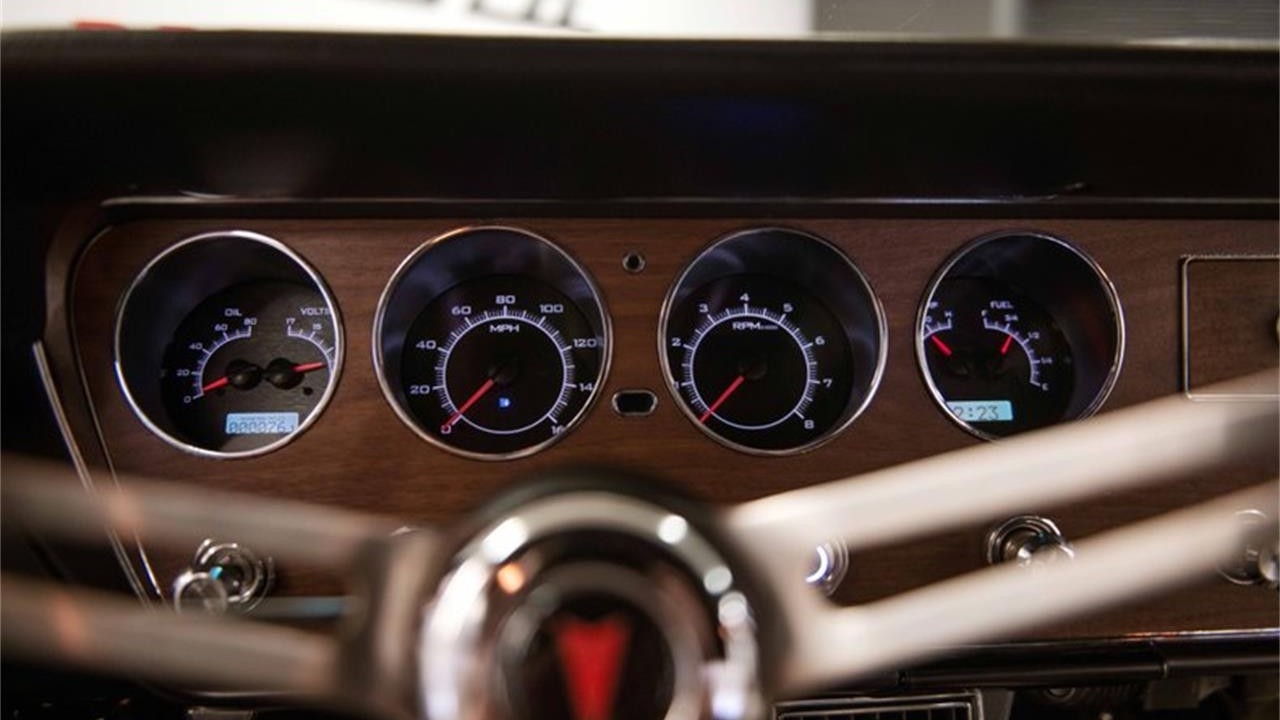
Interior: The GTO’s interior featured styling as good as the exterior. Four round pods housing different instrumentation readings (when ordered—remember, gauge packages generally were not standard) were easy to read compared to the generic sweeping needle used on many cars. And then there was the early adoption of the Hurst shifter, so compliments were much more common than complaints.
Engineering: Pontiac marginally improved its engines every year, and sometimes even more often, as evidenced by the Ram Air engine introduced in the middle of the model year. Sometimes known by its engine code, this “XS” GTO featured an upgraded camshaft and springs, Tri-Power carburetion, fuel and fuel line fittings, and ram air tub. A four-speed manual was required, as was 4.33 gears. Sure, GM seemed to allow competitors (read: Hemi) to take advantage of its self-imposed corporate handicap, but Pontiac competed admirably considering.
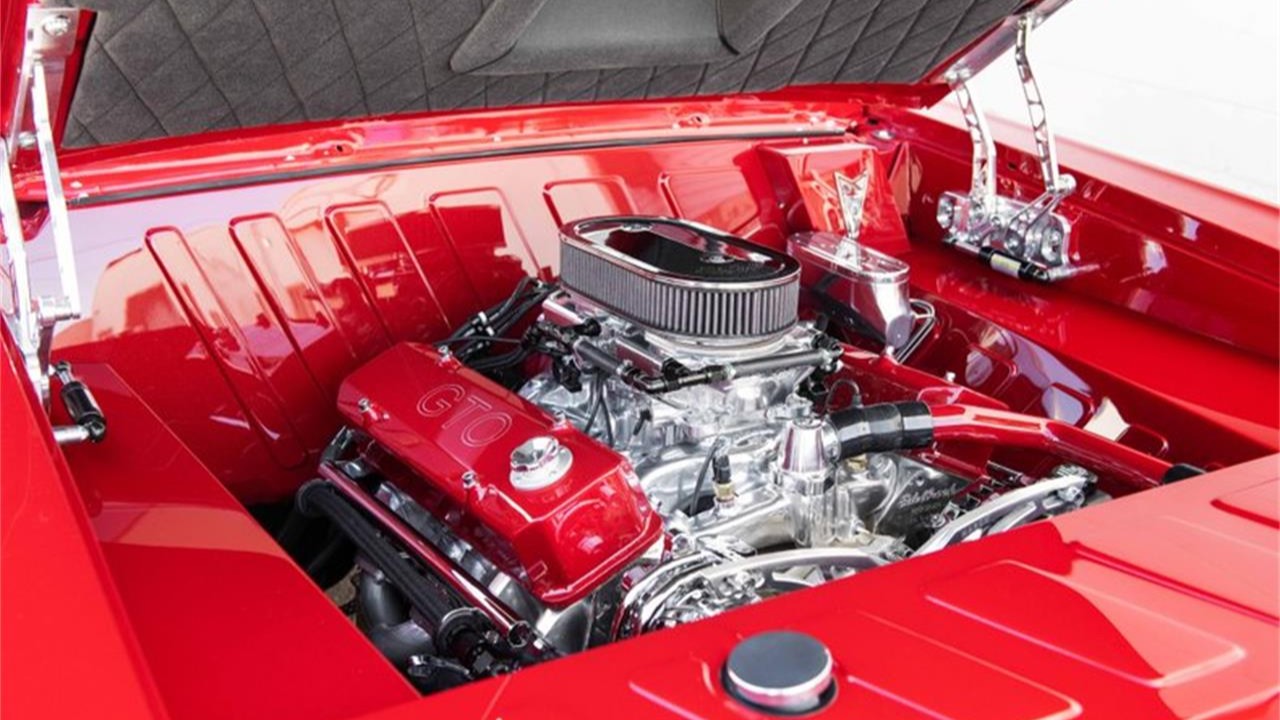
This 1966 Pontiac GTO restomod built and listed by Farland Classic Restoration has been given a treatment beyond what was done in 1966. “We built this remarkable GTO with a long-time customer of ours … [who] bought this car around five years ago from Arizona,” says the seller. “Originally, he just brought it in for a paint job … [but then] we started working hand in hand to create his ideal GTO.” A lot of extensive body work and subtle custom tweaks were made that you may not be able to see from pictures but, in person, they will reveal themselves. Power for the gold-flake red Goat comes from a 400 bored to 468ci, with power harnessed by a five-speed manual.
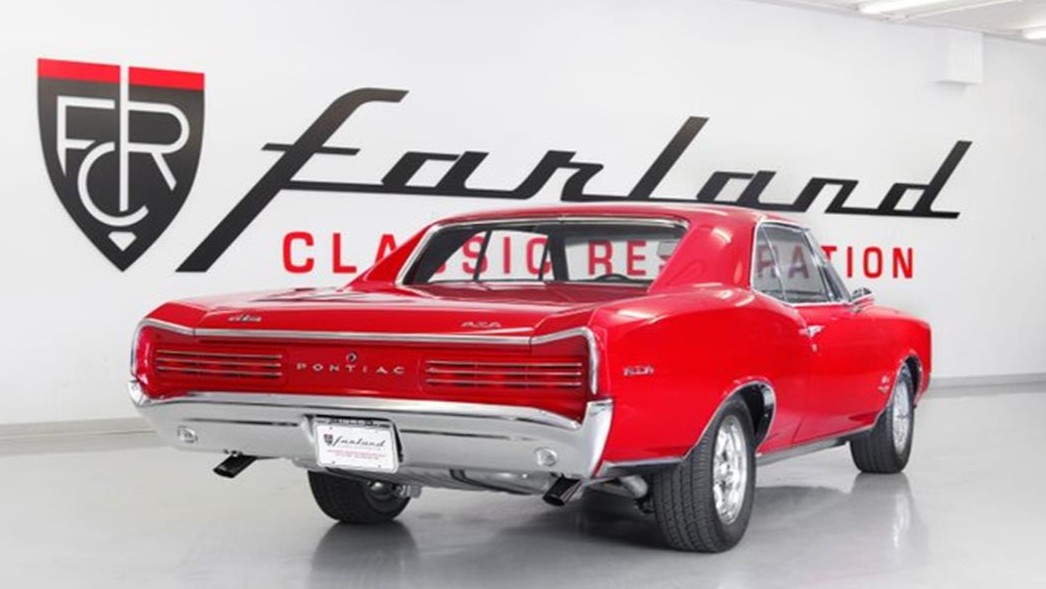
“The owner will never tell you how much money went into this amazing car. Neither will we,” adds the seller. “We can tell you that the asking price for this beauty is a small fraction of the total cost to completely restore and modernize this fabulous GTO.” Is this the GOAT Goat? Please tell us once you spend your $169,000.
Click here to view this Pick of the Day on ClassicCars.com

